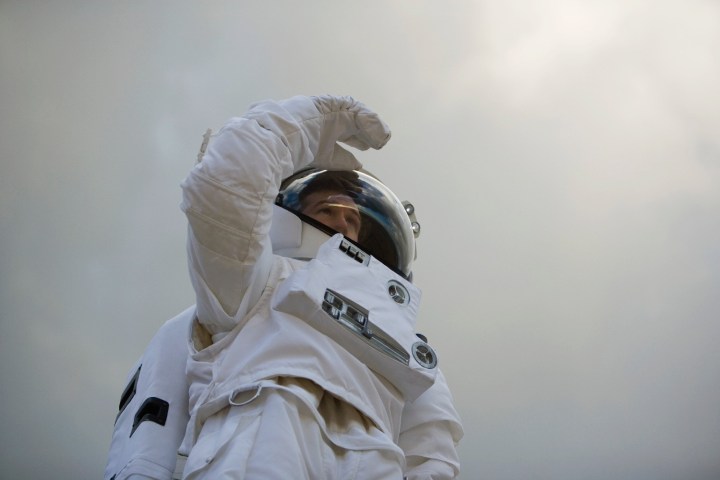Going into space as an astronaut may be great for your résumé, but it could do absolutely no favors whatsoever for your eyesight. That is the conclusion reached by a University of Houston optometrist, who has analyzed the pre- and post-flight data from astronauts who spent time on the International Space Station, and discovered that the experience results in a physical change in the structure of their eyes. While all 15 astronauts had good vision before their trip into space, they all exhibited the same physical deformation once back on Earth.
This so-called “space flight-associated neuro-ocular syndrome” is something that NASA has previously observed, but the University of Houston’s research paper quantified these changes using smart algorithms and a technique known as optical coherence tomography imaging. This noninvasive clinical test provides optometrists with detailed cross-sectional images of the retina. University of Houston assistant professor Nimesh Patel then created custom algorithms which allowed him to delve into the data to see the changes that had taken place.
In individuals who have been exposed to long periods in microgravity, these changes include an alteration in the position of the Bruch membrane opening, an increase in retinal thickness closer to the optic nerve head rim, and an increase in the proportion of eyes with choroidal folds.
It’s not clear exactly why these changes are prompted by microgravity conditions, but one theory is that it relates to microgravity-induced shifts in the body’s cranial fluids. It’s also not immediately apparent what the long-term impact to a person’s eyesight are, although Patel suggests that the anatomical changes could well hang around for the long-term.
The research may well have application for the rest of us non-astronauts, however. Because of the precision of the algorithms used for analyzing the retinal scans, there is a possibility that they could be one day incorporated into patient care to help detect incredibly small changes in more earthbound retina scans.
As for the astronauts, we doubt that too many people will be put off space travel because of possible marginal risks to their eyesight — although it’s a factor worth considering. Still, telling people you wear glasses because of space flight-associated neuro-ocular syndrome is a lot cooler than admitting it’s because you sit too close to the TV when you play Call of Duty.



